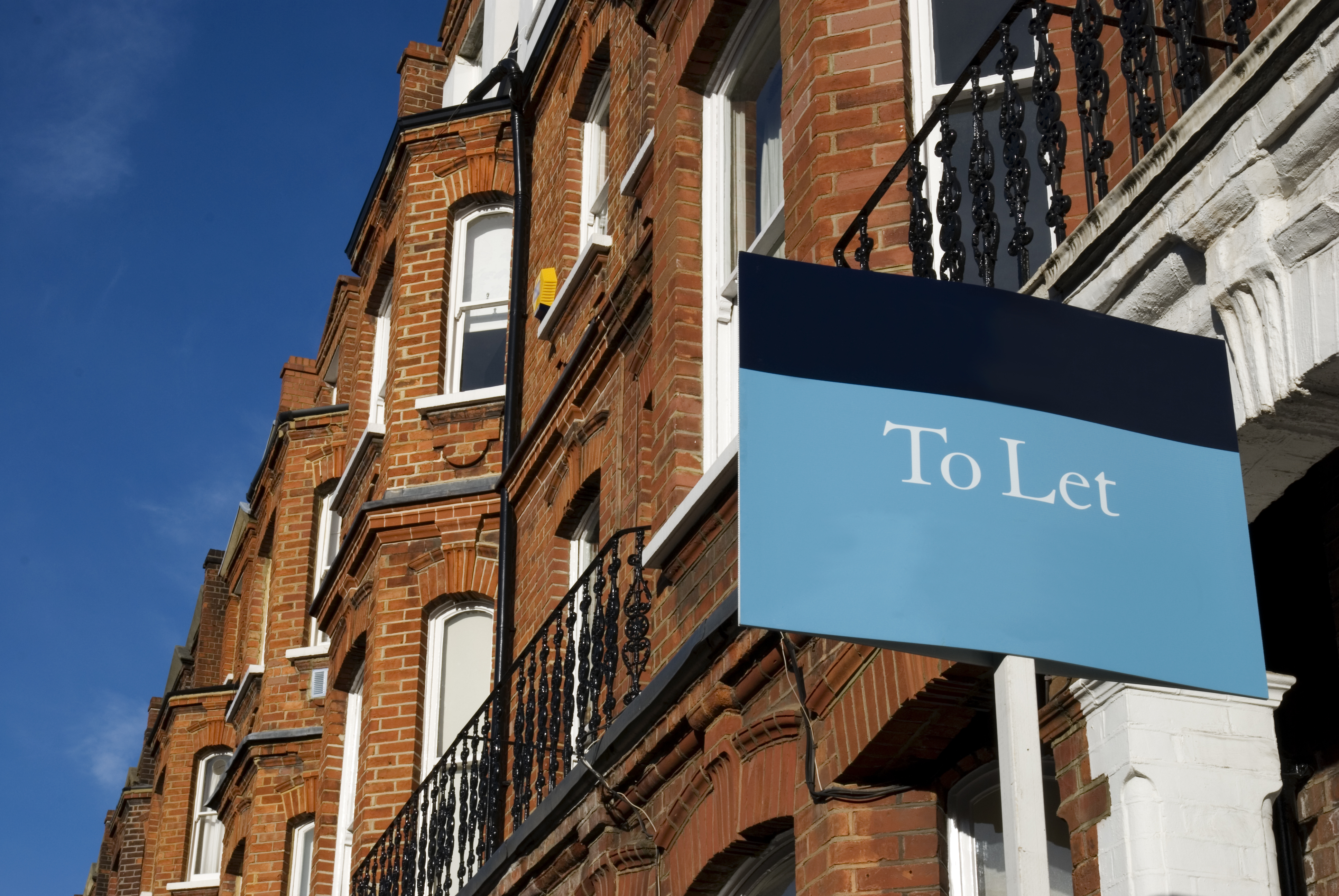 Vanya Damyanova takes a closer look at the buy-to-let market and picks up some useful advice from experts.
Vanya Damyanova takes a closer look at the buy-to-let market and picks up some useful advice from experts.
The record low rates and competitive offers currently are good enough to tempt anybody with a decent savings pot to consider making a property investment. The economy is getting stronger, real wages are growing and the Bank of England base rate is still low. The strong rise in buy-to-let activity over the past two years (around 30 per cent per year) shows there are many new landlords on the market.
However, before you get too excited about the idea of becoming one of them, consider carefully your options.
It is not easy managing a property and taking sole responsibility for all costs connected to such a venture. Also, you have to be realistic about the return you are expecting on your investment.
Before diving into some detail and looking at real numbers from the market, there is one thing you should always keep in mind – a buy-to-let property is an asset you invest in and should be treated as such. This means that when you are choosing the property you want to buy, you have to think how hard would it be to refurbish, rent out, repair, etc. Everything from the type of property, its size and location, whether it has a garden, a garage, a parking space, some extra storage or the like should pertain to how viable it would be on the market and not whether you personally like it. Sometimes what would seem a perfectly good home to you, would not be very successful at getting you the desired annual rental yield.
Expert advice
 John Heron, managing director of Paragon Mortgages, gives his best tips and advice to aspiring landlords:
John Heron, managing director of Paragon Mortgages, gives his best tips and advice to aspiring landlords:
Hints and tips for new landlords – With rental demand booming, buy-to-let is becoming increasingly popular as a means of financing an investment in residential property. Whilst most landlords are seasoned and experienced, there is nevertheless a steady flow of new landlords who have recognised the potential that the Private Rented Sector (PRS) offers. Along with the potential though, there are many regulations and possible pitfalls to navigate and it is important that new landlords get to grips with their responsibilities quickly if they are to attract good tenants and make buy-to-let work for them.
Here are our top tips for new landlords on running a successful rental portfolio:
1 – Understand the financials
Contact several agents to build a picture of rental demand in your chosen location. They will provide a realistic estimate of the likely rental income your property can attract and help you understand the costs of owning and letting property. All landlords will encounter void periods when no-one is in the property.
The rent you receive will be treated as income and taxed in line with your incremental tax rate. However, there are certain things that can be offset against tax, including mortgage interest payments, letting agent costs and maintenance expenses.
Make sure that your mortgage provider knows you will be letting the property and you have appropriate buildings and landlord insurance.
2 – Ensure your property is safe
Tenant safety is paramount and you should ensure your property is safe to live in and free from health and safety hazards. Gas appliances must be inspected annually by a Gas Safety Registered Engineer and you will need to obtain a Gas Safety Certificate and give a copy to your tenant. All supplied electrical appliances and sockets must be safe, and also follow fire safety regulations by providing access to escape routes, fire safe furnishings and fittings, and fire alarms and extinguishers which are checked regularly.
3 – Make sure you obtain references for potential tenants
Before entering into a tenancy agreement, landlords should do some basic checks. At a minimum, it would be wise to consider validating a tenant’s ID, credit history and bank account details and to insist on a reference from a current employer as well as a previous landlord. Finding reliable tenants who will be able to meet rent payments is key.
4 – Get a proper tenancy agreement
Having the right agreement in place before the tenancy starts is important. An assured shorthold tenancy (AST) agreement is the standard for a private rented property and most new tenancies are automatically this type. A fixed term agreement is the norm, but periodic agreements can also be set up. Agreements are usually in place for six months and one year, however, mortgages which facilitate longer tenancy agreements are available should your tenant require this.
5 – Lodge deposits from tenants with a Tenancy Deposit Scheme
Landlords must secure their tenants’ deposits in one of four government approved Tenancy Deposit Protection (TDP) schemes if their property is rented as an AST. These schemes hold your tenant’s deposit, and ensures this can be returned to them at the end of the tenancy if they have upheld the terms of the tenancy agreement.
Professional landlord associations like the National Landlords Association (NLA) offer a wealth of information, advice and on-going support to landlords. NLA members have access to a comprehensive online reference source for residential landlords, as well as a telephone advice line and a range of discounted services. NLA members can also work towards accreditation and access a range of continuing professional development resources, helping them demonstrate their commitment to high standards.
[box style=”4″]
TIPS
Prepare well
- Do your research: How are things on the market right now, which areas and property types are popular at the moment.
- Do the maths: Estimate all your upfront costs, including all fees and the deposit (usually 25 per cent of the property value). You should also make a calculation of all expected returns on your investment. Usually it would take a year before you see any return.
- Get expert advice: It’s best to acquire the services of a financial adviser and get a second opinion as well. This will help you get the best deal suited for your individual situation.
- Talk to your lender: This is especially important in case you have taken out a residential mortgage for yourself.
Mind the following
- Interest rates: Although they are low now, they are bound to go up. You must be prepared to meet the extra cost.
- Property prices: They are expected to increase, yes, but this is not set in stone. A price decline would affect your investment directly. Have a plan in place for this scenario.
- Empty properties: Sometimes finding new tenants could take a while, you should be ready to cover the expenses during these empty periods. A good tip here is to make provisions for one or two months empty time at the start of the year.
- Mortgage repayments: You need to be very careful to not delay them because your property can be repossessed.
- Early repayment charges: You may to have to pay an early repayment charge to your existing lender if you want to remortgage before the end of the mortgage term.
- Property maintenance: This will be a source of constant costs. There will always be things needing repair around the property and you as the landlord will be responsible to find somebody to fix them – and pay for it. [/box]
[hr style=”dashed”]
Buy-to-let pitfalls
Tony Harris, managing director and founder of Contractor Financials, an independent financial advisor to freelancers and contractors, says the market offers fantastic returns but beware the buy-to-let pitfalls:
“In 2014 the number of properties purchased with a buy-to-let mortgage increased by 23 per cent year-on-year, according to the Council of Mortgage Lenders (CML), outpacing the growth in purchases by owner occupiers by more than 12 per cent.
“This exceptional uptick in transactions has been fuelled largely by rising house prices and expanding rental yields with some property investors reporting gross returns in excess of 17 per cent in 2014, when taking account of their rental income and capital growth; and many predicting returns north of 13 per cent in 2015 despite a deceleration in house prices.
“Compared with the growth one could expect to achieve with a high street savings account, or even most other equities this represents a fantastic return on investment. However, this can blind potential investors to the downside risks associated with being a landlord and the exposure to a single, relatively illiquid and usually highly geared asset.
“Being able to sell your buy-to-let when needed isn’t a given and many buy-to-let mortgages will tie you in for the first two years plus with hefty penalties for repaying early.
“As with any property sale it can take several torturous months and landlords have the added hassle of getting access to their property for viewing and the question of when to give the tenant two months’ notice to move out.
“For many new landlords, rent and legal insurance policies specifically aimed at landlords can help cover large unexpected costs, such as evicting dodgy tenants, however a sinking fund will still be required for general property maintenance and to pay the mortgage during any rental voids.”



